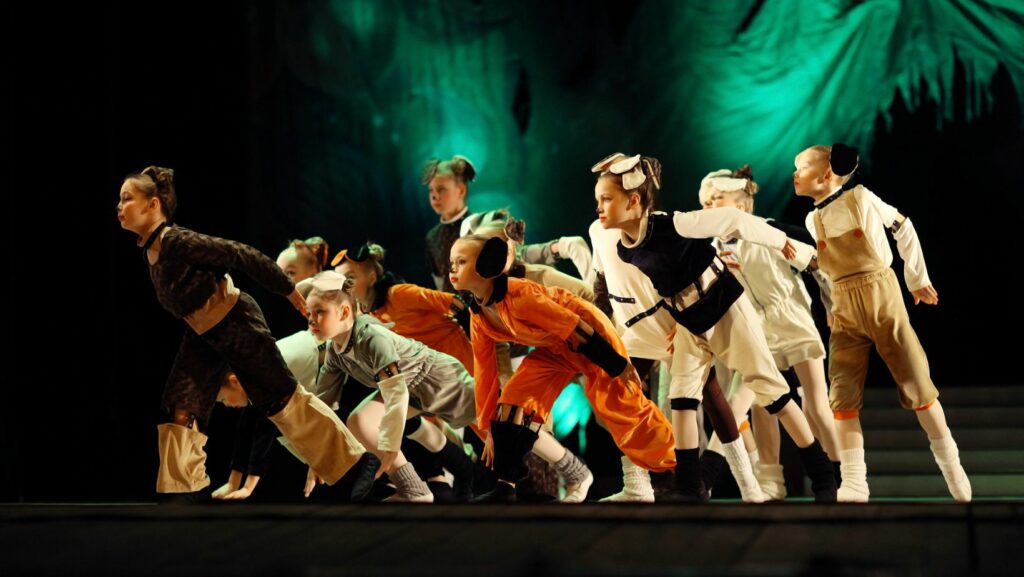Movie Adaptations of Musicals
Movie adaptations of musicals have gained immense popularity, particularly in the last few decades. The trend began gaining traction in the mid-20th century, with successful adaptations like “The Sound of Music” (1965) and “My Fair Lady” (1964). These films showcased the potential for musicals to reach broader audiences through cinema. Technological advancements have played a significant role in this rise. Improved sound quality, special effects, and digital editing enhanced the visual and auditory appeal of musical films. For instance, “Chicago” (2002) used innovative editing techniques to blend fantasy and reality seamlessly.
Another key factor is the star power of actors who draw viewers. Casting renowned actors, such as Hugh Jackman in “Les Misérables” (2012) and Emma Stone in “La La Land” (2016), boosted the box office performance and popularity of these films. The resurgence of interest in nostalgic and classic content contributed to the rise as well. Audiences seek modern adaptations of beloved musicals, evident in “Mamma Mia!” (2008) and “Beauty and the Beast” (2017). These movies provide a contemporary twist on timeless stories and songs.
Major production studios recognized the commercial viability of adapting musicals. Companies like Disney invested significantly in live-action adaptations, resulting in massive success. “The Lion King” (2019) and “Aladdin” (2019) are prime examples, each grossing over $1 billion worldwide. The convergence of technological advancements, star power, nostalgia, and production investment has fueled the rise of movie adaptations of musicals. This trend continues to develop, captivating new generations and preserving the cultural essence of classic theater productions.
Iconic Movie Adaptations of Musicals
Classic film adaptations of musicals provided timeless entertainment. “The Sound of Music” (1965), directed by Robert Wise, exemplifies this. Adapted from the 1959 Broadway musical, it stars Julie Andrews and Christopher Plummer. The film’s breathtaking Alpine scenery, coupled with its melodic score, captivated millions. “My Fair Lady” (1964) stands as another iconic adaptation. Directed by George Cukor, it stars Audrey Hepburn and Rex Harrison. Audiences enjoyed its enchanting depiction of Eliza Doolittle’s transformation. The film won eight Academy Awards, solidifying its place in cinematic history. “West Side Story” (1961), directed by Robert Wise and Jerome Robbins, re-imagines Shakespeare’s “Romeo and Juliet.” The film addresses contemporary social issues through its riveting dance sequences and powerful score by Leonard Bernstein. It garnered ten Academy Awards, including Best Picture.
“West Side Story” (1961), directed by Robert Wise and Jerome Robbins, re-imagines Shakespeare’s “Romeo and Juliet.” The film addresses contemporary social issues through its riveting dance sequences and powerful score by Leonard Bernstein. It garnered ten Academy Awards, including Best Picture.
Modern adaptations have redefined musical films with advanced technology and star-studded casts. “Les Misérables” (2012), directed by Tom Hooper, brings Victor Hugo’s tale to the screen. Hugh Jackman, Anne Hathaway, and Russell Crowe lead the cast. The film employs raw, live singing performances, creating an immersive experience. It won three Oscars, demonstrating its critical acclaim. “Chicago” (2002), directed by Rob Marshall, reintroduces jazz-age glitz to audiences. Featuring Renée Zellweger, Catherine Zeta-Jones, and Richard Gere, the film’s flashy dance numbers and narrative style captivated viewers. It achieved six Academy Awards, including Best Picture.
“Mamma Mia!” (2008), directed by Phyllida Lloyd, adds a contemporary twist to ABBA’s music. Starring Meryl Streep, Pierce Brosnan, and Amanda Seyfried, the film’s picturesque Greek setting and joyous soundtrack entertained fans worldwide. A follow-up film, “Mamma Mia! Here We Go Again” (2018), continued its joyful legacy. Recent remakes like “Beauty and the Beast” (2017) and “Aladdin” (2019) have drawn new audiences while honoring their animated predecessors. Disney’s meticulous production values and innovative visual effects bridge the gap between animation and live-action, reinforcing the lasting appeal of classic stories.
Factors Contributing to Successful Adaptations.
Casting top-tier actors enhances the appeal of movie adaptations. Stars like Meryl Streep in “Mamma Mia!” or Hugh Jackman in “Les Misérables” bring talent and fan bases. Actor choices should reflect characters faithfully; this maintains authenticity and satisfies fans. Strong performances elevate the material and deepen emotional impact. For example, Anne Hathaway’s portrayal in “Les Misérables” earned critical acclaim due to her dedication and powerful delivery.
Direction and cinematography define the visual storytelling. Directors must interpret the original material while adding cinematic flair. Rob Marshall’s direction in “Chicago” brought dynamic visuals, making it fresh and engaging. Cinematography enhances the visual experience through innovative techniques like sweeping camera movements and vivid color palettes. In “La La Land,” the use of long takes and vibrant settings recreated a whimsical atmosphere, captivating audiences.
Music and choreography are the heart of any musical adaptation. Film versions need high-quality sound design and faithful musical arrangements. Hans Zimmer’s score in “The Lion King” delivered a powerful auditory experience while honoring the original. Choreography must adapt to film’s visual possibilities. In “West Side Story,” Jerome Robbins’ choreography seamlessly translated from stage to screen, magnifying the dance’s intensity and emotion.

